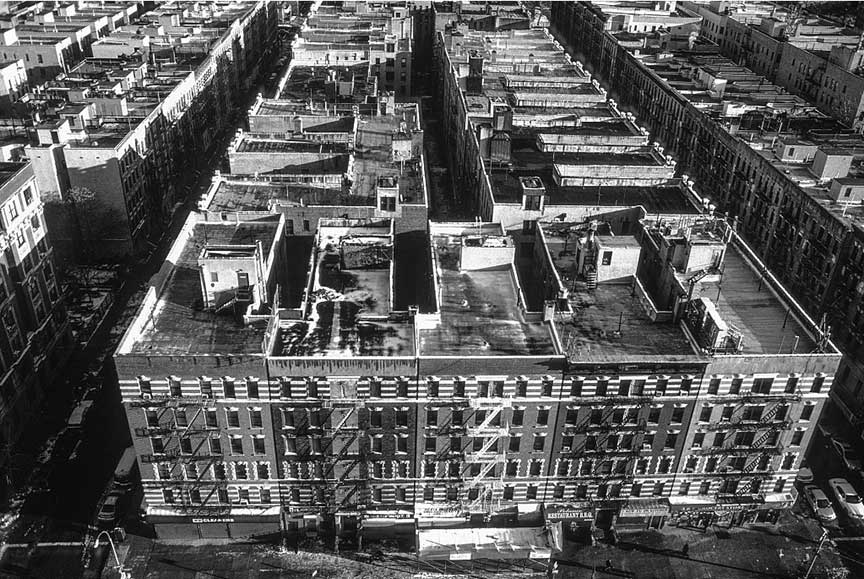1943 Harlem Riots

In the summer of 1943, race riots took place in anumber of Northern cities. Some of the most serious took place in Harlem, New York.
In the summer of 1943, the United States was in the throes of World War II, but the conflict overseas did not overshadow the racial tensions simmering on the home front. During this period, race riots erupted in several Northern cities, with some of the most serious disturbances occurring in Harlem, New York. These riots were symptomatic of the broader social and economic inequalities faced by African Americans, which were exacerbated by wartime pressures.
Harlem, a predominantly African American neighborhood in New York City, had long been a center of Black culture and activism. However, it was also plagued by systemic racism, economic deprivation, and inadequate housing. The influx of Black migrants from the South, seeking better opportunities and escaping Jim Crow laws, further strained the already limited resources and employment opportunities in the area. Tensions were high, and the conditions were ripe for unrest.
The spark that ignited the Harlem riot occurred on the evening of August 1, 1943. Robert Bandy, an African American soldier on leave from the U.S. Army, intervened when he saw a Black woman, Margie Polite, arguing with a White police officer in the Braddock Hotel. The situation escalated when the officer struck Polite, and Bandy stepped in to defend her. In the ensuing scuffle, the officer shot Bandy, who was then taken to a nearby hospital.
Rumors quickly spread throughout Harlem that Bandy had been killed by the police. Fueled by long-standing grievances and the immediate anger over the shooting, crowds began to gather and express their outrage. By nightfall, the protest had devolved into a full-scale riot. Rioters looted stores, smashed windows, and set fires. The police, many of whom were White, responded with force, further inflaming the situation.
The violence continued through the night and into the following day. New York City Mayor Fiorello La Guardia responded by deploying additional police officers and calling in military units to restore order. Despite these efforts, the rioting persisted, resulting in significant property damage, numerous injuries, and several deaths. The official toll included at least six dead, hundreds injured, and an estimated $5 million in property damage.
The Harlem riot of 1943 was not an isolated incident. Similar outbreaks of violence occurred in other Northern cities that summer, including Detroit, which experienced one of the most devastating race riots in U.S. history just weeks earlier. These riots were driven by a combination of factors: racial discrimination in employment and housing, resentment over police brutality, and the pressures of wartime migration and economic competition.
The aftermath of the Harlem riot saw a mix of condemnation and calls for change. City officials and the press largely blamed the rioters for the violence, framing it as lawlessness and a threat to public order. However, civil rights leaders and community activists pointed to the underlying causes of the unrest, emphasizing the need to address racial inequality and improve living conditions for African Americans.
One of the significant outcomes of the Harlem riot was the increased attention to the issues of racial injustice and police brutality. The riot prompted discussions about the need for better policing practices and greater community investment. It also underscored the importance of addressing the systemic inequalities that fueled such violence.
 >
>